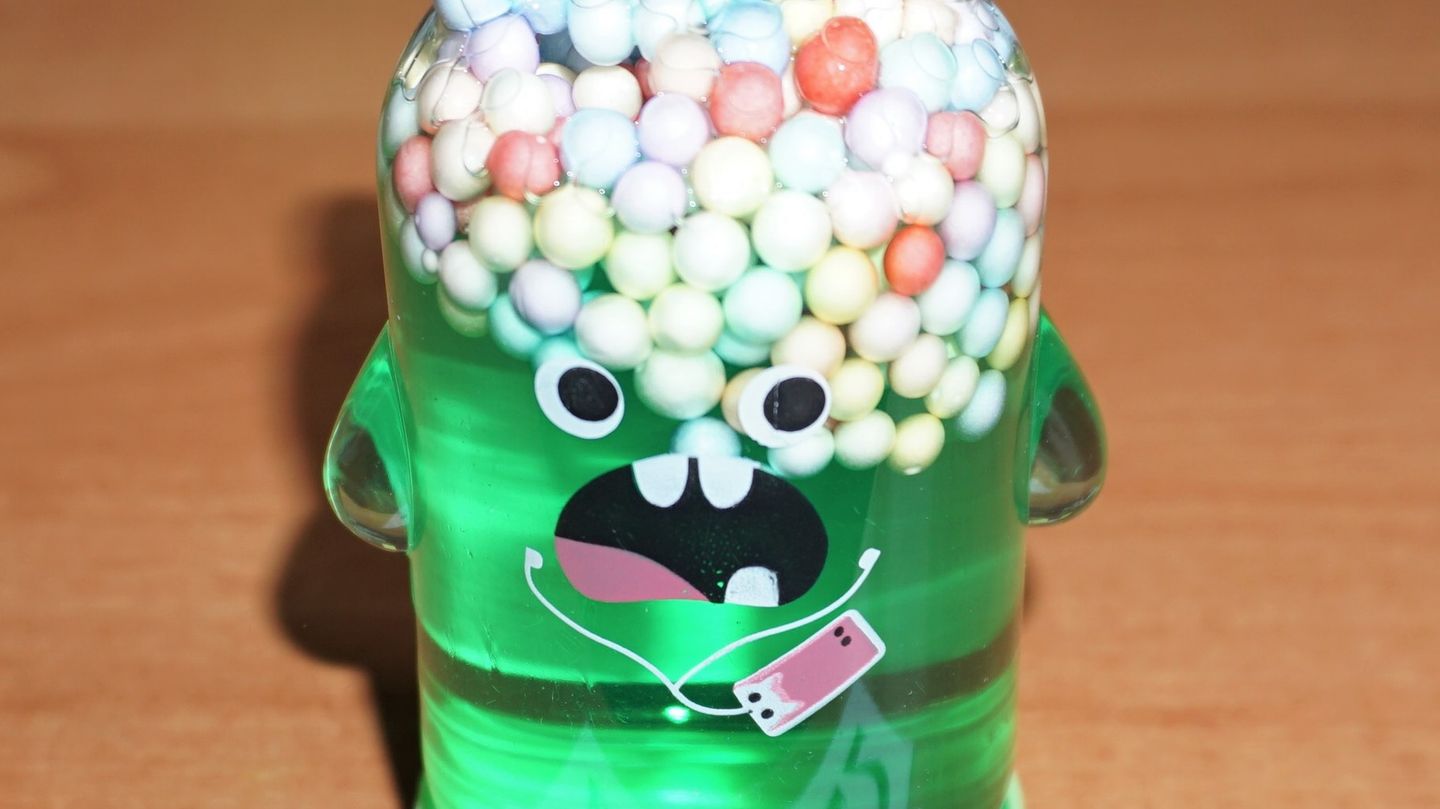More than 2000 dangerous products are placed on the EU market every year. Most cases are reported in Germany, most products come from China. We show a small selection.
People are only too happy to gossip and scold about EU regulations. However, anyone who has read the current version of the EU Commission will perhaps be glad that consumer protection is also thought of at European level. The report by EU Justice Commissioner Didier Reynders evaluates what popped up in the European rapid alert system for dangerous products in 2022.
Last year there were 2117 product warnings, which led to 3932 recalls and sales stops. The most common hazard came from harmful chemicals (35 percent), followed by the risk of injury (25 percent) and the risk of suffocation, especially for small children (14 percent). Electrical shock and fire hazards (9 percent each) were also a concern. Half of the products complained about came from China, only a good 20 percent came from other European countries.
From play slime to kettle
These products ended up on the EU warning list
Recall and sales stop: children’s toys often affected
In the EU rapid warning system “Safety Gate”, the 27 member states plus Norway, Iceland and Liechtenstein exchange information about dangerous products that have entered their market. In this way, our European neighbors can also take swift action to protect their consumers. By far the most warnings came from Germany – even if the 430 reports received represented a decrease compared to the previous year (540 reports at the time). In countries such as Austria and the Czech Republic, on the other hand, significantly more dangerous articles were reported. Across Europe, the number of warnings has been relatively constant at over 2000 reports for years.
Most of the hazard reports in 2022 related to children’s toys, accounting for 23 percent of all warnings. Also frequent, albeit somewhat declining, are safety warnings about cars, motorcycles and related accessories (16 percent). Harmful substances in cosmetics, which were responsible for every tenth report, are increasingly coming into focus. Warnings about textiles (9 percent) and electronic items (8 percent) are also common. Food is not part of the rapid alert system.
New product warnings are received every day on the EU’s “Safety Gate” platform. Our photo series shows a selection of current examples.
Source: Stern




